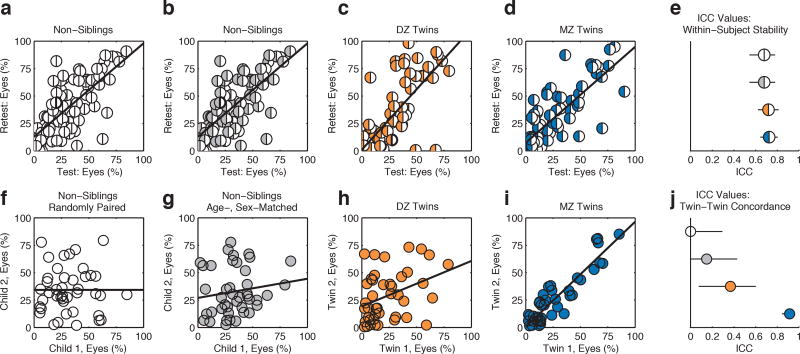Extended Data Figure 3. Within-subject stability versus between-subject concordance.
For heritable traits, one expects to observe substantial within-subject stability contrasting with marked differences, varying by zygosity, in between-subject (twin-twin) concordance. a-d, Within-subject stability of observed levels of eye-looking for non-siblings (a, b), DZ twins (c), and MZ twins (d). (Scatter plots in (a) and (b) are repeated for comparison with plots (f) and (g).) e, Group-wise summary of within-subject stability (test-retest reliability) of measures of eye-looking quantified by intraclass correlation coefficient (ICC) with 2-way random effects model (ICC(2,1)). Error bars are 95% confidence intervals. Note that estimates assuming fixed rather than random effects of testing (ICC(3,k), not plotted) yield ICC values greater than 0.9 for each group, evidence that the measures of inter-individual variation—the difference between individuals—are also highly reliable. f-i, Plots repeated from main text Figure 1a-e, showing paired measures of eye-looking in randomly-paired non-siblings (f), in age- and sex-matched non-siblings (g), in DZ twins (h), and in MZ twins (i). j, Intraclass correlation coefficients and 95% confidence intervals for twin-twin concordance in eye-looking.

